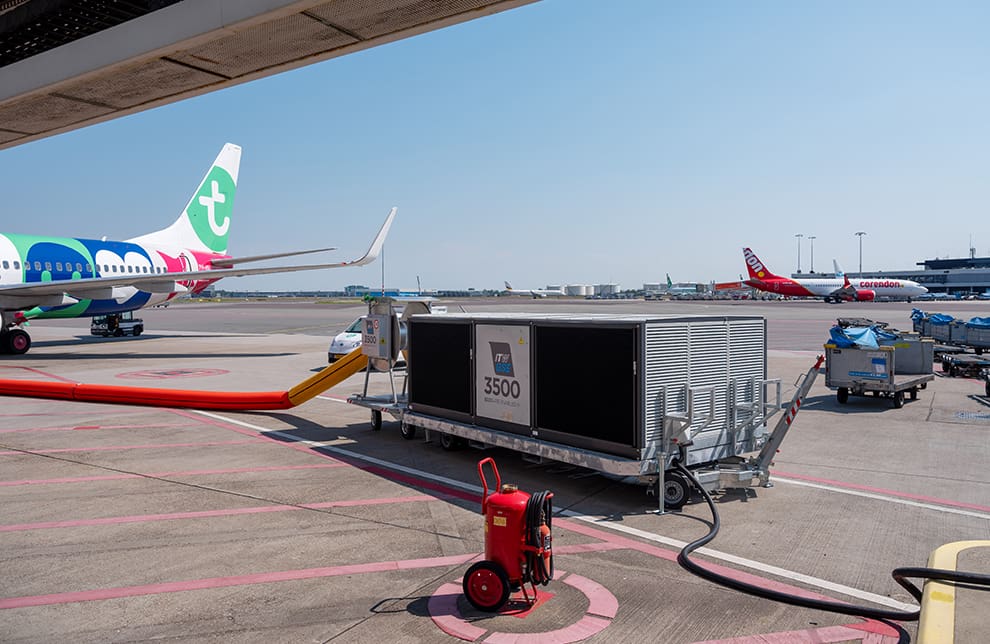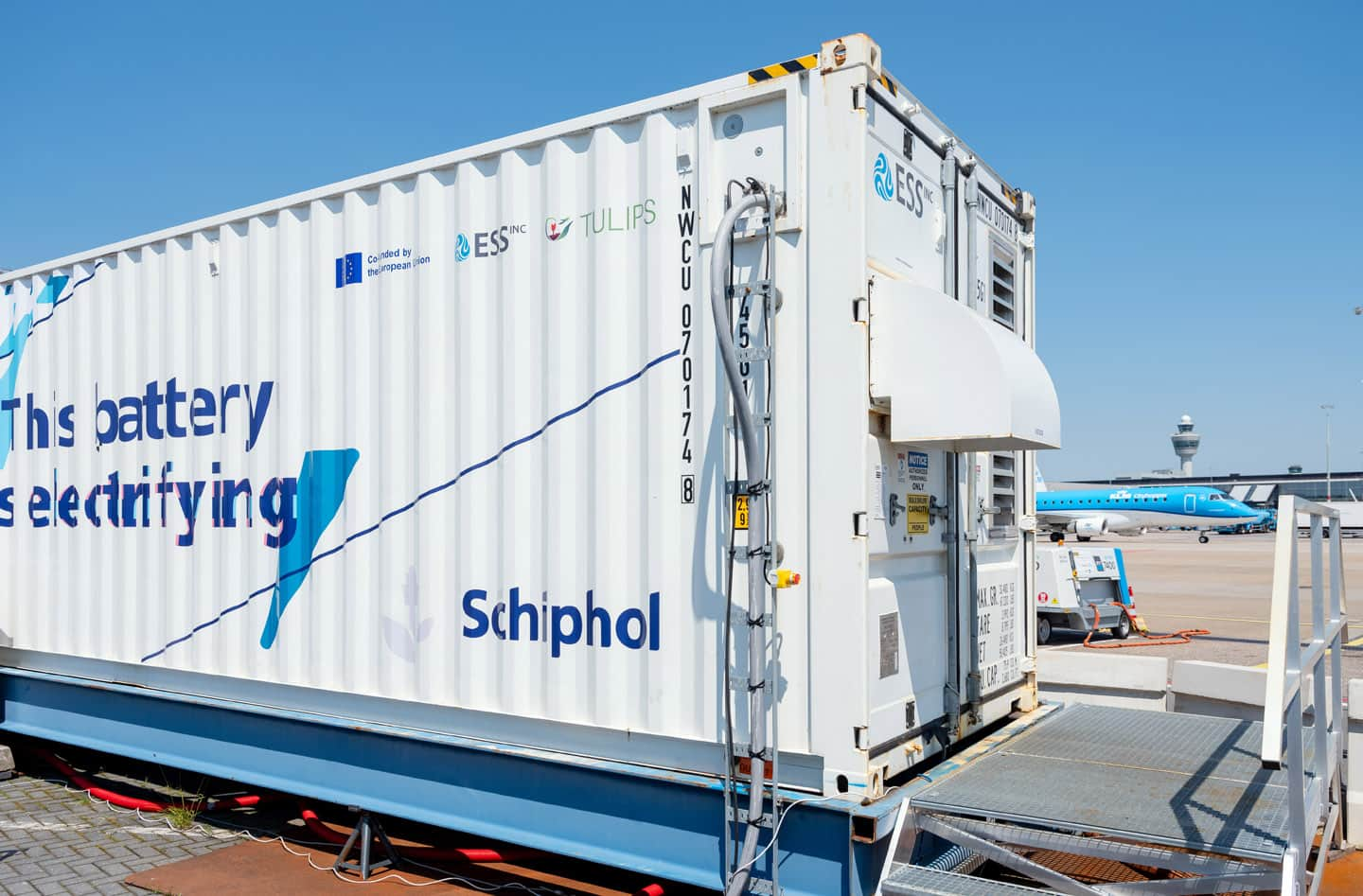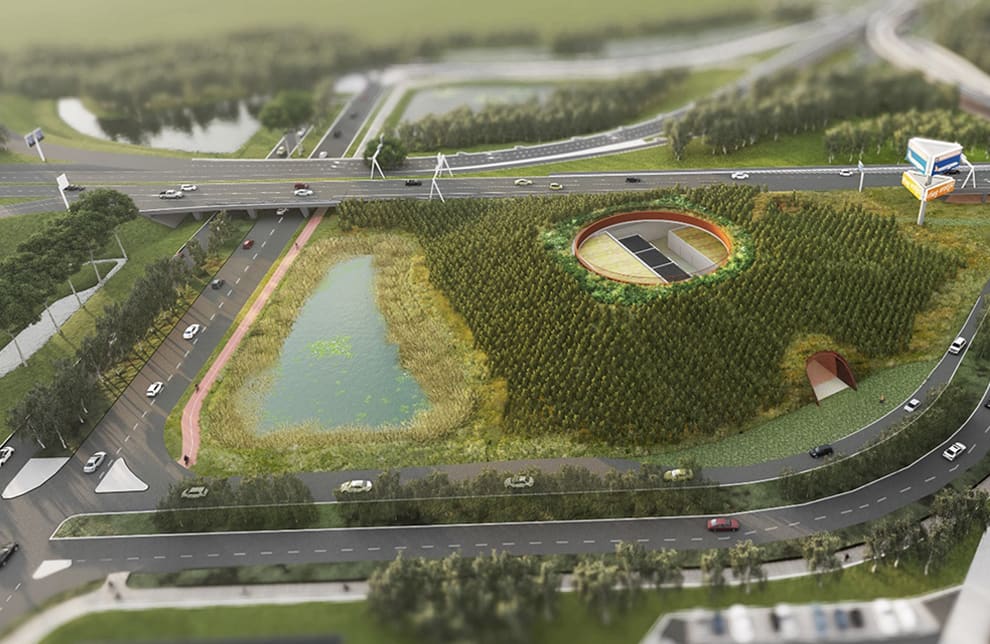Sustainable taxiing uses less fuel
Last summer’s sustainable taxiing trial with the Taxibot went very well. Tests at Schiphol demonstrated that sustainable taxiing can lead to fuel savings of at least 50%. This means significantly lower CO2 emissions, which contributes to our ambition of becoming an emission-free airport in 2030.
Taxibot tows taxiing aircraft
Sustainable taxiing means that instead of using their own engines, aircraft are taken to and from the runway by the Taxibot, a special pushback vehicle. The goal is for sustainable taxiing to be standard practice at Schiphol by 2030. A lot still needs to be done before that can happen, such as adjustments to infrastructure, processes and technologies. All the required solutions are currently being compiled in a roadmap. The next trial, part of a European project, is expected to start in 2022. Several Taxibots will then be coming to Schiphol.
Schiphol and partners
Schiphol conducted the trail together with Air Traffic Control the Netherlands (LVNL), KLM, Transavia, Corendon Dutch Airlines and ground handling companies dnata and KLM Ground Services. Sustainable taxiing is part of the Smart and Sustainable plan (the aviation sector’s plan to make aviation more sustainable) and the Sustainable Aviation Agreement (Ministry of Infrastructure and Water Management).
Read the previous blogs
-
Cleaner fresh air
Published on:Indoor climate in stationary aircraft no longer controlled by kerosene-powered auxiliary engine, but by electrically-powered PCA.

-
Super battery being tested at Schiphol
Published on:Schiphol is the first airport with a special battery for extra electricity storage. Greater supply is needed for all the electric equipment.

-
Special high-voltage substation
Published on:New high-voltage substation contributes to one of Schiphol’s most significant sustainability goals: zero emissions in 2030.
